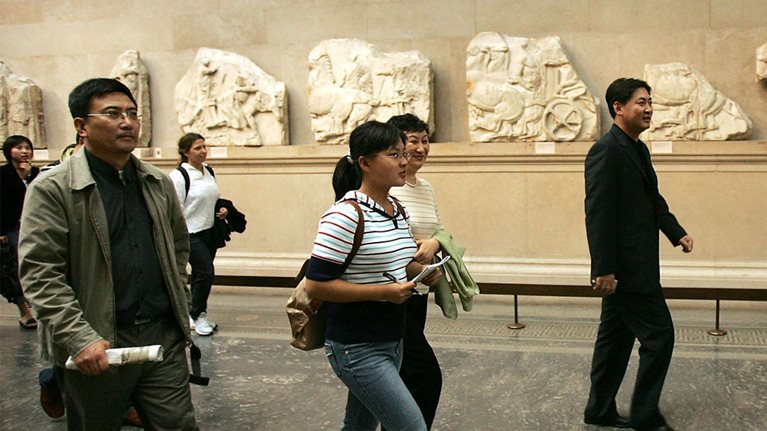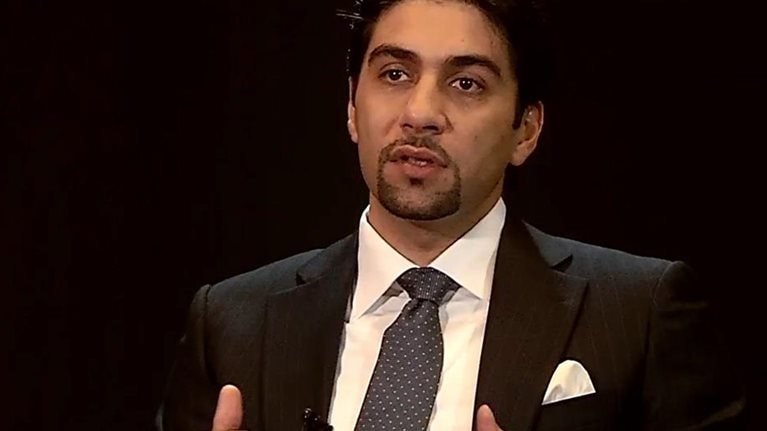Peter Dawson has worked for the privately owned American engineering/construction giant Bechtel Corporation since 1978. He oversees a global portfolio of major projects, ranging from motorways in Kosovo to subway lines in Riyadh to gas plants in Africa to nuclear cleanup and construction in the United States. In this interview with McKinsey’s Adrian Booth, he talks about the challenges of building infrastructure in both developed and developing countries.
McKinsey: You once said, “Vibrant economies depend on world-class infrastructure.” What did you mean by that?
Peter Dawson: Infrastructure is an enabler for economies. There is the benefit of money coming into the economy through spending, plus the benefits of the infrastructure itself once it is finished. Building roads in Eastern Europe, for example, generates opportunities for agricultural exports. We benefit today from people being bold in the past, and the next generations will benefit from people being bold today.
McKinsey: What are the big roadblocks when operating in developing countries?
Peter Dawson: Financing is a problem, whether it’s a port, rail connections, roads, or distributed energy. Almost by definition, infrastructure is about building a long-term asset, and these projects can take a long time to finish. How do you manage political decision making when the benefits are not immediate? Where is the money to be found in the budget? How do you borrow against the future with confidence?
McKinsey: What do you think of developments in infrastructure funds and public–private partnerships?
Peter Dawson: I think we’re making progress. It’s easier for private money to evaluate the existing infrastructure—for example, taking over an existing airport terminal and then increasing efficiency. Starting from scratch (what is known as greenfield infrastructure) is a different risk. The confidence that the political framework will last 20 or 30 years for the life of the assets has to be there. Private investors, infrastructure funds, and the like have to be confident that they can get something to closure. You’ve got to be confident that the political risk of the asset you’re funding—whether it’s an airport or a hydro plant—is covered, even after development. You also need repeatability.
McKinsey: How can repeatability be encouraged?
Peter Dawson: In developed economies, we’ve seen private money being successful where there’s been standardization. That gives a degree of confidence that you will get across the finish line. In some developing countries, there are so many interested parties and so many people who need to be consulted that such repeatability is difficult. That makes me sound like I don’t want to have stakeholder involvement. That’s not true. But it’s a matter of how.
McKinsey: How do you think about skill and capability building?
Peter Dawson: From a company perspective, the short-term way of thinking is to bring in skilled workers from outside and then move them to another country, another place, when the project is finished. On the other hand, if I develop a local workforce and a local supply chain, I can use them on the next project. But there’s another side to this coin. If the project is in an area where there is likely to be no further work, then what happens? Do you then get a frustrated community saying, “Well, I have all these skills. Now what do I do with them?”
In Africa, an oil company we were working with was interested in developing a local supply chain that could provide fabricated steel or pipe bending or the like, even if it cost more. There would be a skill left, and even if the initial cost was higher, the recycling, the economic advantage, was good. Thousands of workers received skills training, from safety all the way through to welding and planning skills.
A Middle Eastern country offers another example. The country knows that it’s important to have skilled jobs for its growing population, rather than just depending on petrodollars. For example, the country has to buy thousands of air conditioners every year. So the government decided to favor in procurement a company that would build a manufacturing unit in the country and train or develop a skilled workforce and management. I think it’s a more sophisticated way of looking at pooling the power of national spending.
McKinsey: Are there models of success that governments can look at and say, “We can replicate that”? Or is it more that each country has specific issues and needs to find its own path?
Peter Dawson: A bit of both. Take the oil and gas companies. The global majors recognize that they’re a common owner with common customers, even if they’re teaming with national oil companies. There are global standards if you’re building a refinery in the Persian Gulf, in Europe, or in Singapore. The standards and efficiencies, the whole operating and maintenance side, will all be optimized.
Other forms of infrastructure, by their nature, don’t work that way. For roads, European standards may say you can’t have a certain degree of curvature if you want to drive above 80 kilometers per hour, but other countries or regions may have different standards. There’s a problem with the fact that you don’t have common owners.

Voices on Infrastructure, Number 3
McKinsey: What could be done to improve this?
Peter Dawson: The most difficult infrastructure projects we do are when we don’t have an experienced owner on the other side of the table. You want people who are knowledgeable and experienced. A European government did something interesting along these lines. A few years ago, it realized that most major infra-structure-related projects were late and over budget. In a sense, the government was the owner of these projects but was not knowledgeable enough to be able to manage them. So the government set up a joint education program with a first-rate business school to figure out how to become smart owners.
If governments or public institutions or global infrastructure firms could develop common purchasing standards, that would also make things more efficient.
McKinsey: You’ve said before that government leaders, democratic or not, sometimes don’t see infrastructure as something that is to their immediate advantage. Is there a way to frame infrastructure so it gets people excited?
Peter Dawson: How you connect major infrastructure development to something that resonates with the public or the taxpayer is difficult. Particularly in developed economies where things are not yet broken, there may not be a sense of urgency. People are apt to say, “What about me? I don’t fly out of London, so why should I care if Heathrow or Gatwick gets another runway?”
In some economies, the population is so connected with the success of the country and the economy as a whole that these things can happen because everyone knows it’s a good thing. The French, for example, have done extraordinarily well in two areas. One is building nuclear-power-generation capacity. That took decades, but it is obviously very significant and good for them. The other is building a very strong high-speed-rail culture. So the country expects new rail; it takes for granted that that’s what will happen.
McKinsey: It often seems that big infrastructure projects are controversial at the beginning but taken for granted once they’re done.
Peter Dawson: Yes—like the Channel Tunnel, between England and France. There were big arguments about that in the 1990s; now people couldn’t imagine not having it.



